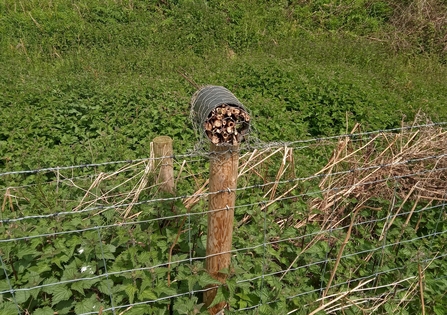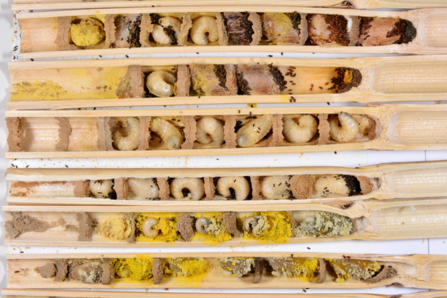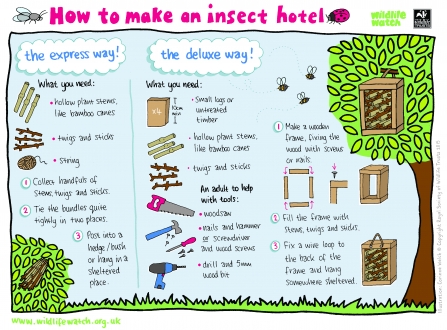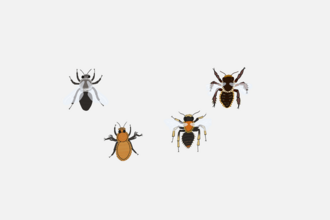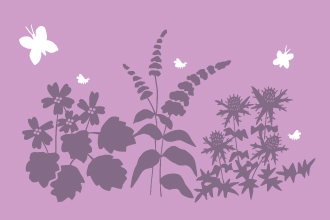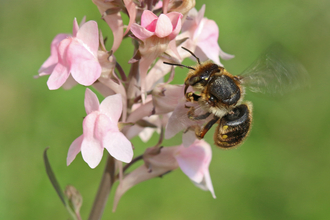Well, we’ve been busy again on Dropping Well Farm and have been enjoying the weather this year!
If you have been down to the heathland nature reserves recently you may have noticed some new features dotted about. These haven’t appeared by magic but are, in fact, the work of some of our lovely groups and volunteers that have been diligently working away to create habitats for all the wildlife that is making Dropping Well Farm its home.


